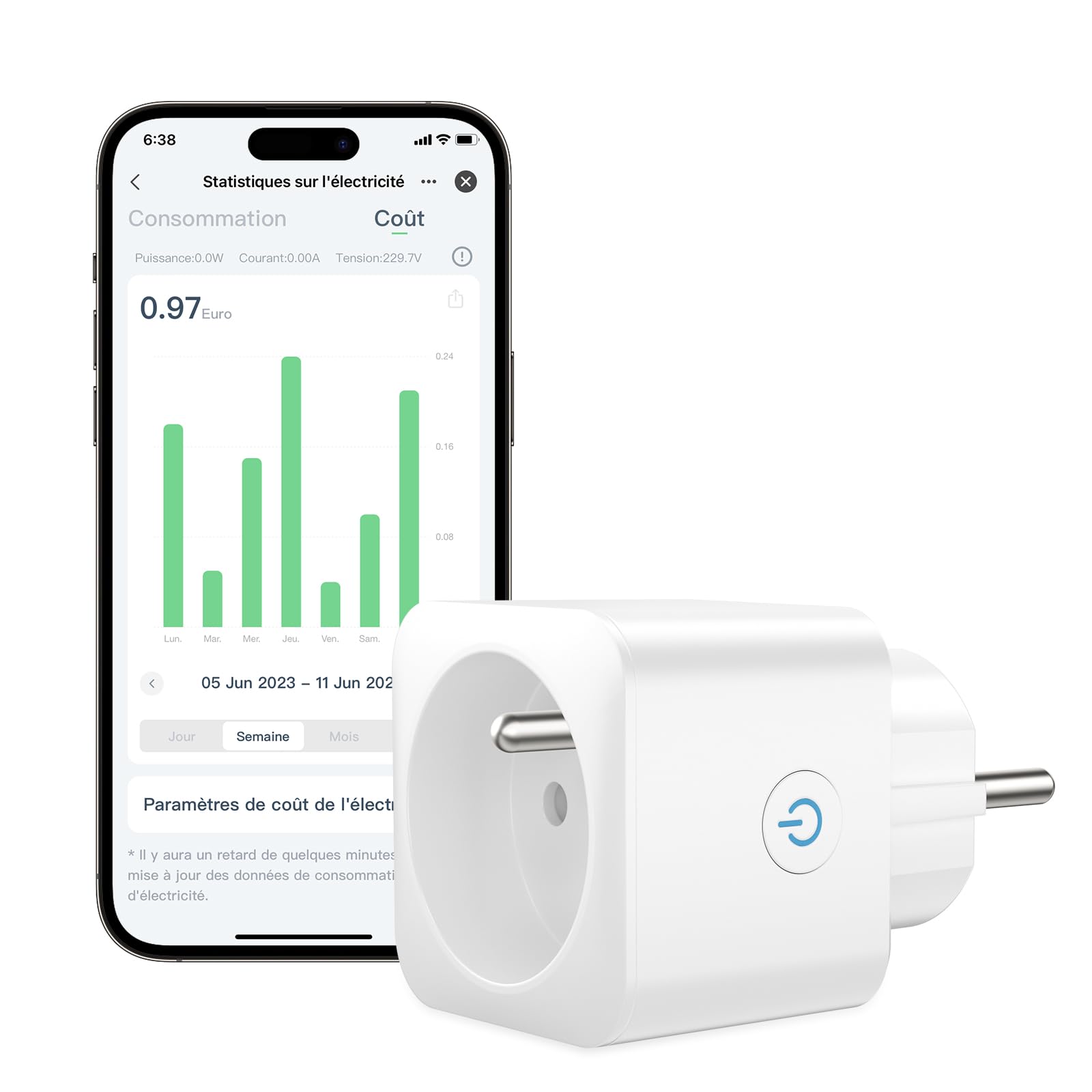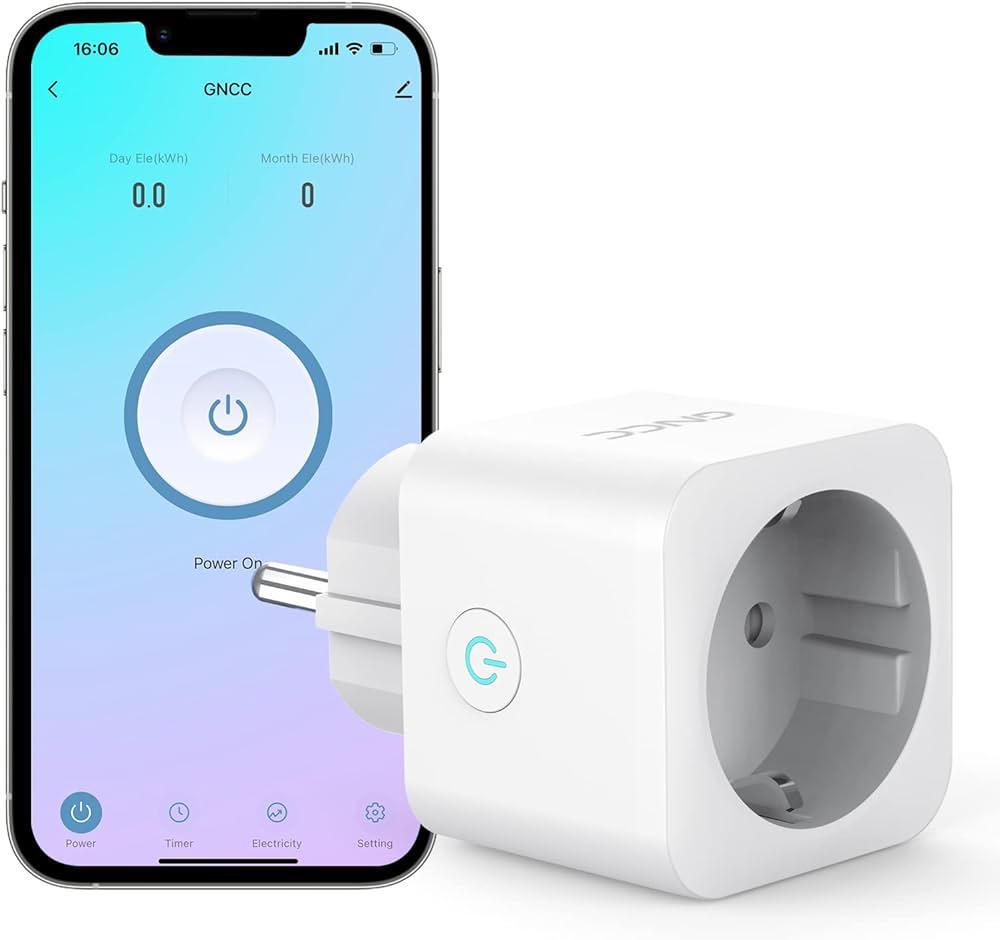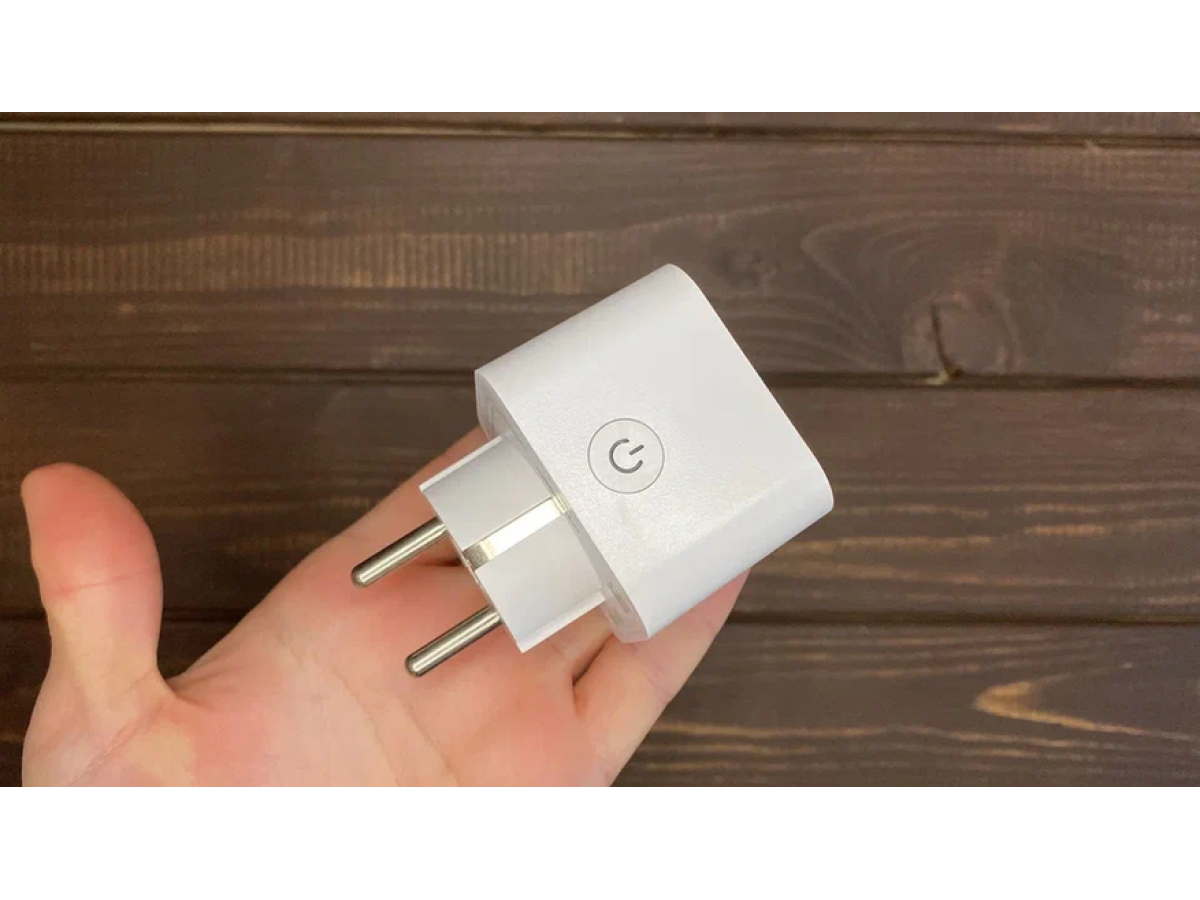
How to choose the right smart socket for your home: basic selection criteria. Smart sockets are not only a way to make your ordinary devices smart, but also the first step to automate and create a smart home. In this article we will look at the differences between smart sockets and show you which criteria you should consider when choosing one. At the end of the article we will also introduce you to a selection of smart sockets to make your choice easier.

The most common type of smart socket is the outdoor connection. This means that the device is simply plugged into a normal socket. There are a large number of these models on the market, so it is not difficult to find the right one for the respective features and functions. There is also a more ergonomic solution in the form of flush-mounted sockets. They are connected directly to the power grid and are suitable, for example, for built-in kitchen appliances where every centimeter counts.
Performance is a must when choosing a smart outlet. Conventional sockets have a maximum output of up to 3.5 kW or 16 A. The output of a smart socket should therefore be as close as possible to these values, especially if you want to connect energy-intensive devices such as heaters or kettles to it. For more economical devices, models with an output of 10 A (2.2 kW) are suitable.
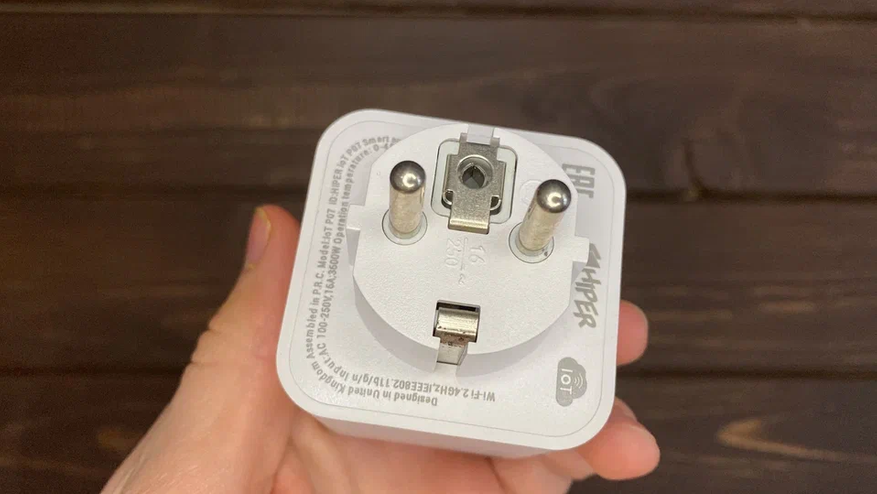
Compatibility is another important consideration when purchasing a smart plug. It is important that it is compatible with the connected device. For example, a washing machine cannot simply be started after being switched on because it requires a washing program to be selected. Heaters, on the other hand, can be put into operation immediately after being switched on. You should also look for devices that can work with a smart plug, but are not recommended for use. For example, turning off an air conditioner using a smart socket may result in a violation of operating rules.
Wi-Fi - Most smart plugs can be connected via Wi-Fi, but there are differences in compatibility. Devices typically only work on the 2.4 GHz frequency because it has a larger coverage area. If your router works on 5GHz, your device will not be able to connect. Make sure your device is compatible with your router.
Zigbee - In addition to Wi-Fi, there are smart plugs with Zigbee protocol designed specifically for smart homes. They have a longer range and don't overload your network, which is important for connecting multiple devices at the same time. However, to use these outlets you will need a hub with the appropriate protocol.
The radio channel is a less common and less practical type of control that uses a socket and a remote control. The device can only be controlled in close proximity.
Timer - smart sockets can also be programmed with a timer. This is a practical solution to turn autonomous devices on and off. On more advanced models, a full-fledged schedule can be set up.
Other features - a built-in thermostat, overheat protection, notifications to your phone and consumption monitoring - can also be useful in a smart socket.
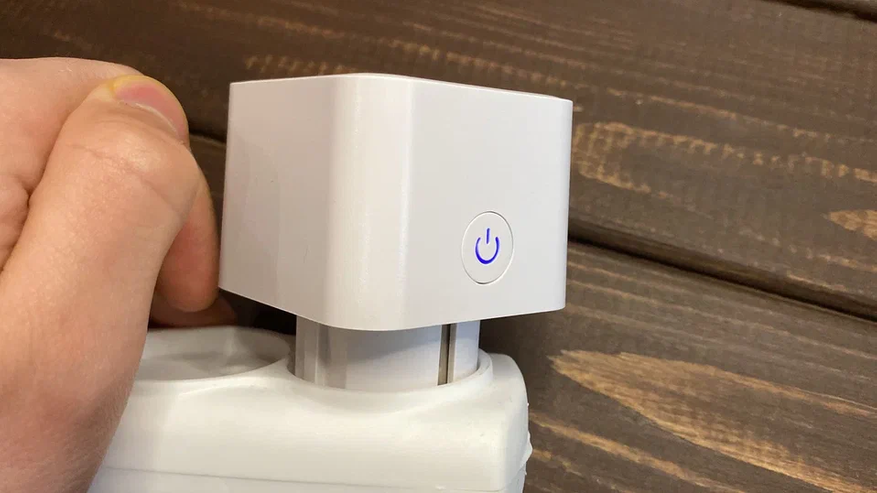
All in all, a smart plug is a great solution to simplify life and make using your home appliances safer. However, you should pay attention to compatibility before purchasing and choose the features that suit your needs.
At EZON SHOP you will find a wide range of smart sockets for your smart home. Visit our website right now and choose the right model for you!
